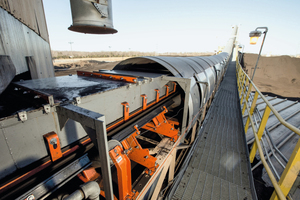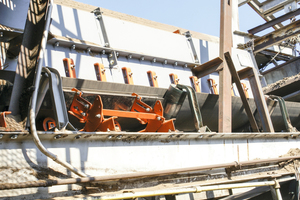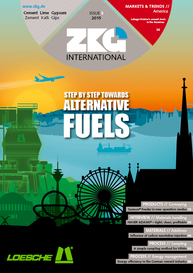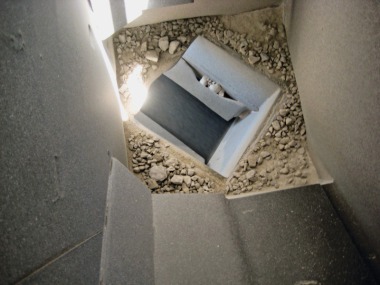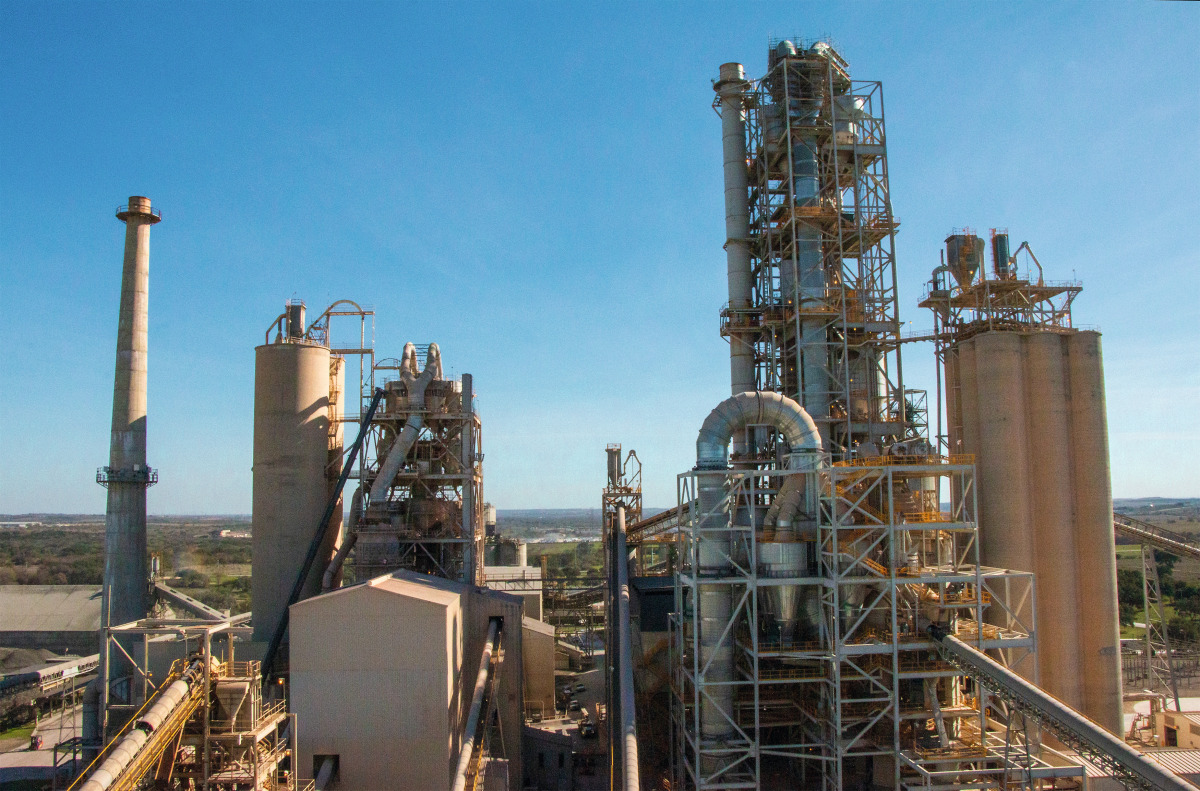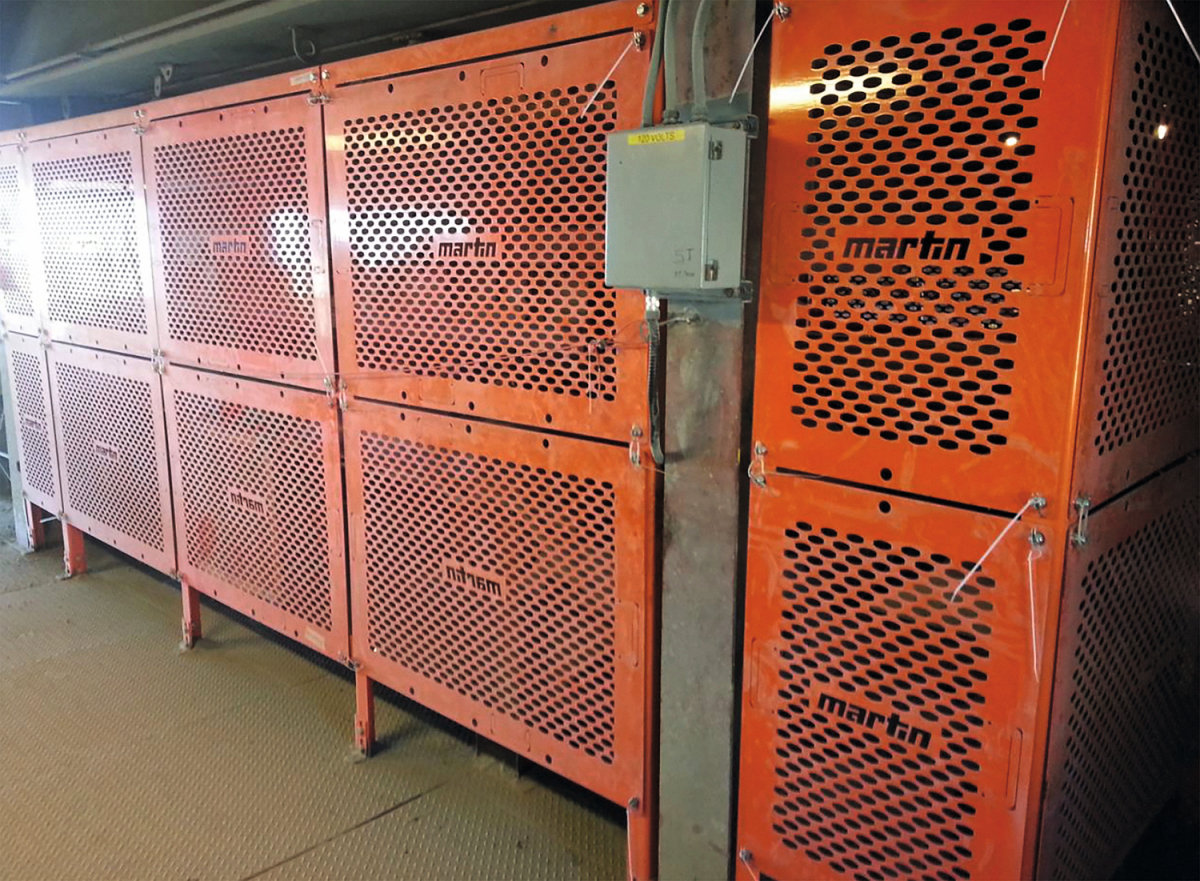Slider cradles designed to reduce conveyor spillage and belt wear
Martin Engineering from Neponset, IL/USA, a leading manufacturer in bulk material handling technology has introduced two conveyor system components designed to mitigate expensive spillage and belt wear issues at material transfer points. The EVO® Slider Cradle and the Martin® Slider Cradle both support the belt and prevent spillage due to belt edge sag. Located under the skirt board in the chute box after the impact cradle, the units utilize “double-life” slider bars, which offer a superior seal with low friction. The result is a flat and stable belt surface throughout the settling zone, reducing fugitive material and extending belt health.
“Transfer points can be prone to spillage as the conveyed material lands on the receiving conveyor,” explained Daniel Marshall, Product Engineer at the USA business unit. “Once the belt leaves the impact cradle, it can sag while the material is still settling. This compromises the skirt seal, allowing dust and fines to escape, while creating pinch points where material can get caught and gouge the belt.”
Marshall said that belt health is a big concern for operators, as edge wear and sagging contribute to misalignment and belt damage, which can also become a potential workplace safety hazard. “Cradles and impact beds are the foundation of our material handling strategy,” he continued. “Not only are they on the bottom and everything is built on them, but they offer the flat surface to seal against, which is critical in preventing spillage and dust.”
The Martin Engineering slider cradles are designed for conveyor systems with speeds up to 3.5 m/sec and belts lengths of more than 15 m. Typically 1220 mm long, the units are also available in custom sizes for special applications.
The belt glides over low friction 62 durometer (shore D) UHMW polyethylene sidebars featuring the company’s unique “box” design and low drive-power consumption. They display minimal heat buildup during operation and can handle service temperatures of -29° to 60°C. The shape allows operators to turn the bars over for a second service life without disassembly of cradle components.
The bars are available in UHMW plastic or stainless steel. “Stainless steel would be suitable for extremely high speeds, or when the conveyed material produces a chemical reaction with UHMW materials,” Marshall added. “The UHMW plastic delivers all the advantages of a firm foundation, without the added power consumption of steel components.”
Center rollers help reduce friction and energy consumption, suggested for applications where capacity is over 450 tph. The idlers are optional on single bar Martin Slider Cradle designs; they are standard on all other units.
The EVO® Slider Cradle is attached to its frame on a sliding track, with edge support bars and center support rollers that slide into position, making it quicker and easier to install and maintain. Manufactured to accommodate belt width sizes of 915 mm for single bar models and 1066-1524 mm for double bar designs, operators simply pull the cradle away from the frame to perform maintenance on idlers and sidebars. It can be ordered to suit any CEMA standard trough angle.
The Martin Slider Cradle features adjustable sidebars to fit any CEMA standard troughing angle, eliminating pinch points where material gets entrapped. The unit is available in sizes ranging from 457 to 1829 mm). Easily serviced with hand tools, a single worker can adjust and replace components quickly during scheduled downtime.
“Our customers who have chosen to install slider cradles tell us that they notice a considerable reduction in fugitive material around transfer points,” Marshall concluded. “They have seen less spillage and spent less labor time for cleanup around moving conveyor equipment, helping to reduce the chance of workplace injuries.”
//www.martin-eng.com" target="_blank" >www.martin-eng.com:www.martin-eng.com

